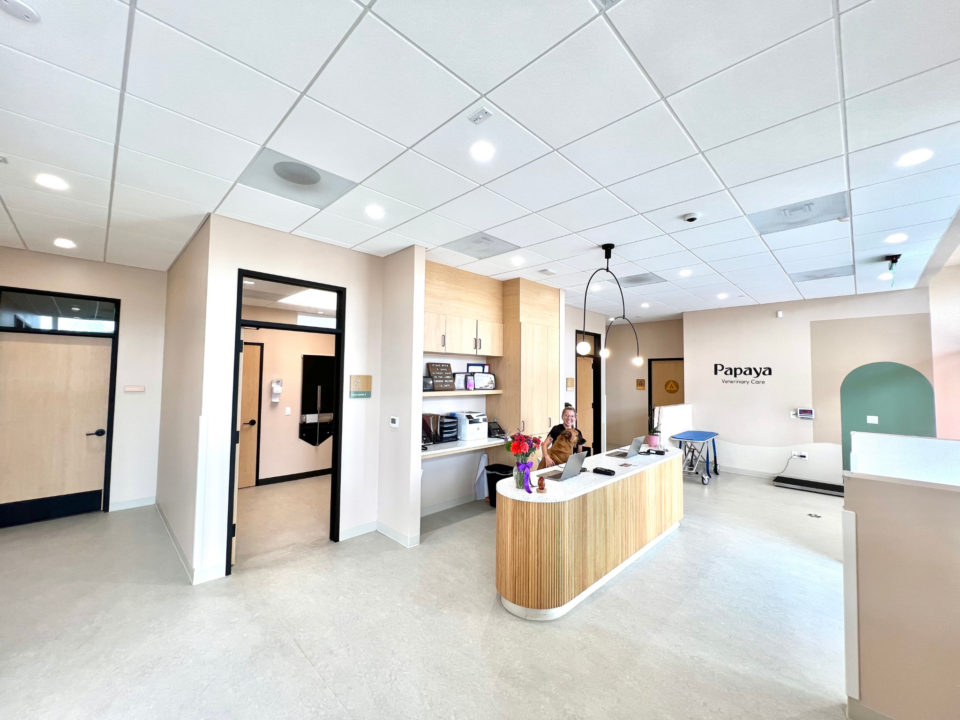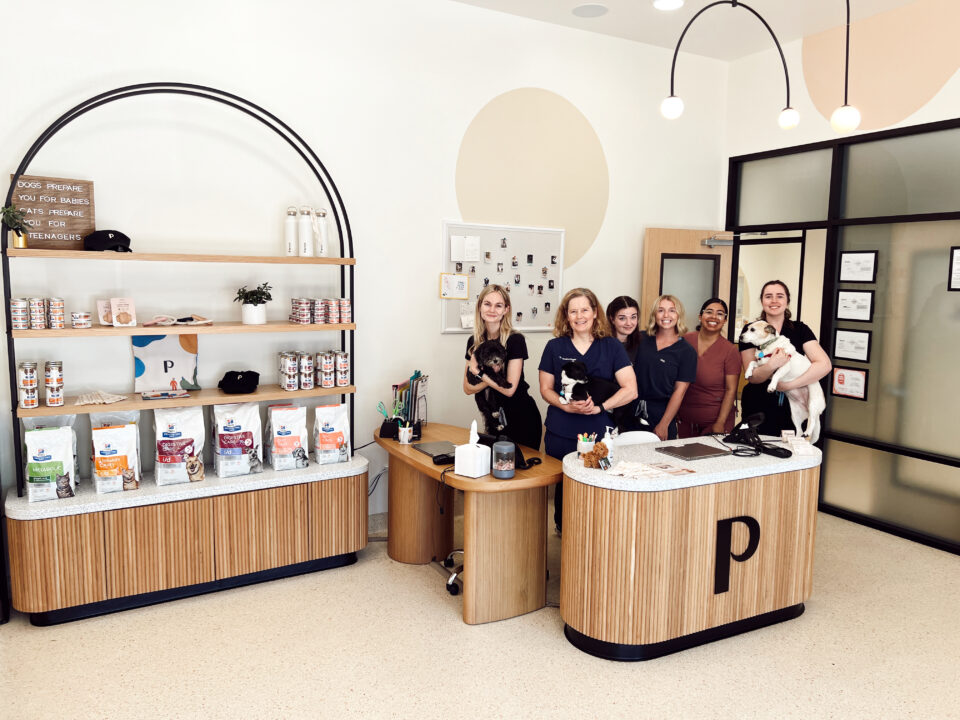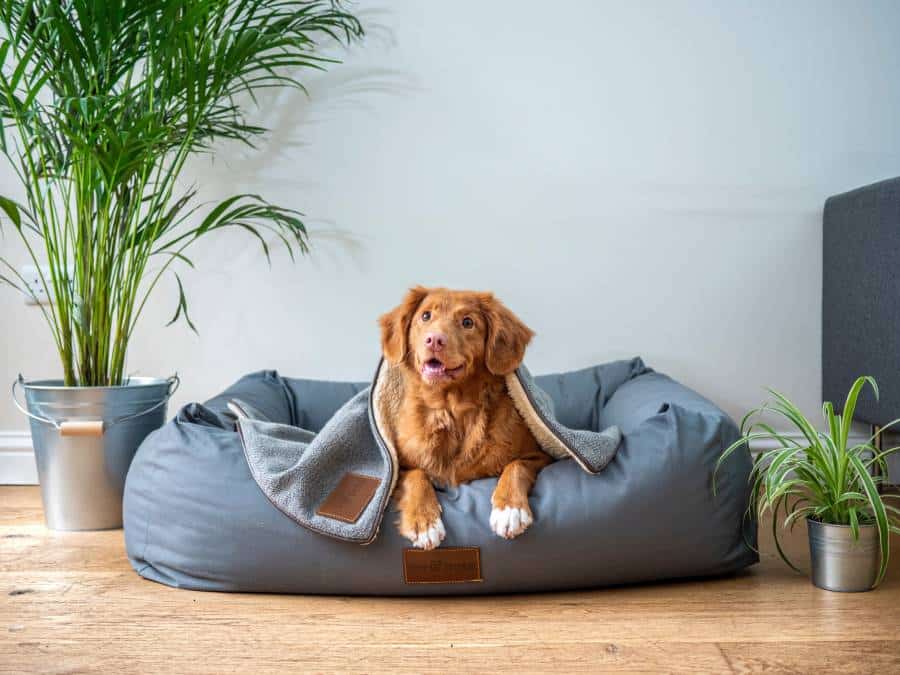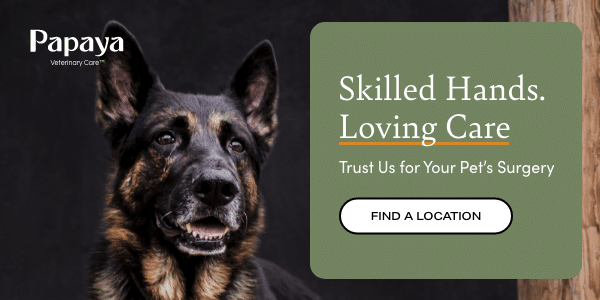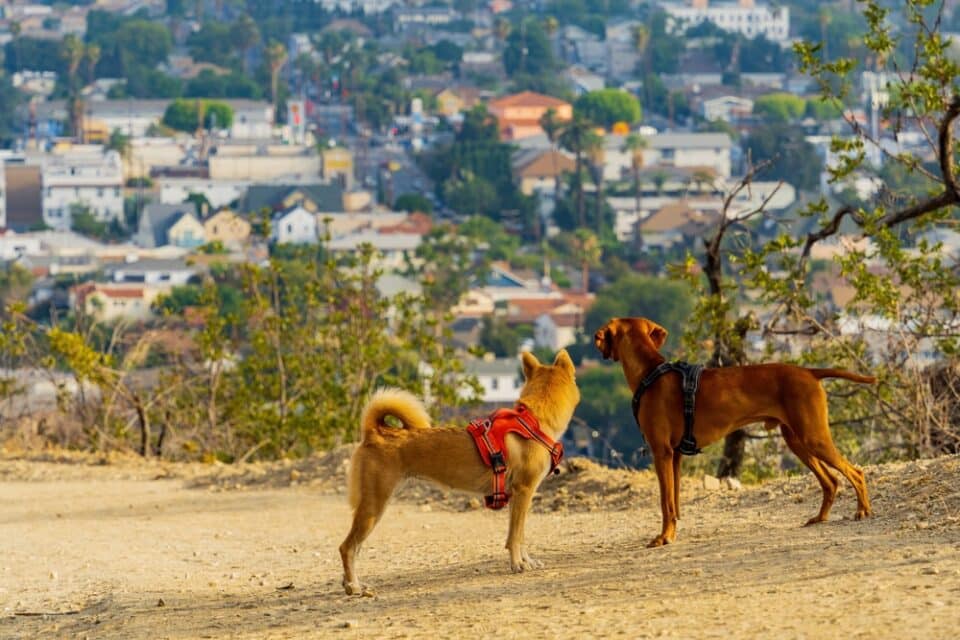Dogs
6 min read
How to Help Your Dog Recover After Surgery
Published on Jul 5, 2023

Updated Feb 15, 2024
Dog surgery recovery can be a difficult process for both the pet owner and their pet. Knowing how to properly care for your pup after surgery is essential in ensuring a safe and speedy recovery. This guide will provide you with all the information you need about dog surgery recovery, including typical recovery times, potential complications, and a checklist of home remedies that can help speed up the process. With the right knowledge, you can be confident that your pup will make a full recovery in no time.
What to Expect After Your Dog’s Surgery
Based on the type of surgery your pet had, the recovery period following dog surgery can vary in the time and intensity of post op care needed. It is important to ensure your pet receives the best possible care. You may be wondering, is pet insurance worth it? It’s important to take into consideration surgical procedures and recoveries.
After a successful surgery, you can expect your dog to be lethargic and more sleepy than usual. They may not eat as much or as often for the first few days following the canine operation. It is important to keep your canine comfortable during the healing process. Let them rest in a quiet, warm environment and avoid activities that might cause them discomfort or stress. Monitor your pet’s incision daily and keep the area clean. This helps to reduce the risk of infection, which can lead to complications if not treated. Be aware of any signs of infection such as swelling, redness, discharge, and fever and contact your veterinary professional right away if any of these symptoms appear.
Checklist of Home Care and Remedies
For your dog’s spay recovery time, it’s important to follow a few key steps. Here is a dog surgery recovery checklist that you should consider for your pet’s post-surgery care:
- If provided, be sure that your dog is wearing a cone or protective collar while they are recovering.
- Limit your dog’s activity by restricting their movement and allowing them to rest.
- Ensure your dog has easy access to food and water, but don’t let them drink too much at once as this could also make them sick.
- Keep an eye on your dog’s incision site for signs of infection such as swelling, redness, discharge, or odor. There are also different care instructions that care instructions when recovering from a surgical procedure, like a spaying vs neutering procedure.
- Give your dog pain medication regularly, as prescribed by your vet surgeon.
- Encourage your dog by taking them outside to use the restroom or using puppy pads near their resting area.
- Give your pup lots of treats and praise to reward them for good behavior during the dog’s recovery.
- Provide lots of love and affection to help your pup feel better and heal faster.
Dietary Recommendations Post-Surgery for Dogs
After surgery, the dietary needs of dogs can vary significantly based on the type of surgery and the individual dog’s health. However, several general guidelines can support recovery:
- High-Energy Density Foods: Diets should be calorically dense to meet energy requirements without needing large volumes of food. This helps minimize strain on the digestive system. Foods rich in protein of high biological value and easily digestible are recommended.
- Specific Nutrients for Recovery: Inclusion of long-chain polyunsaturated omega-3 fatty acids (like EPA and DHA) can have natural anti-inflammatory effects. Essential amino acids such as arginine, which promotes wound healing, and glutamine, important for enteric cell nutrition and supporting immunity, are also beneficial.
- Supporting the GI Microbiome: Maximizing the support of the GI microbiome with prebiotics like inulin and fructo-oligosaccharides, which support beneficial bacteria growth, can be crucial for recovery. Probiotics may also be considered for further microbiome support.
- Type of Diet: A highly digestible gastrointestinal diet is ideal for most animals after routine surgery, offering high digestibility, appropriate levels of soluble and insoluble fibers, and increased omega-3 fatty acids. For more critical cases, convalescence diets, which are even higher in energy density and protein, may be required. These are especially useful if a dog is suffering from significant malnutrition or when tube feeding is necessary.
- Monitoring and Encouraging Food Intake: Monitoring food intake is crucial, as voluntary food intake can be low post-surgery. Offering food in a way that is appealing to the dog, considering their pre-surgery preferences, and ensuring the environment is conducive to eating can help. If necessary, assisted feeding might be considered.
When to Call the Vet
It is important to be aware of the signs and symptoms of potential complications after a dog has undergone surgery that may require emergency care. If your dog shows any of the following symptoms, it is essential to call your veterinarian immediately:
- Unusually high body temperature – A fever can be indicative of infection.
- Severe pain or discomfort – If your pet appears to be in severe pain or discomfort, you should take them to the vet surgeon as soon as possible.
- Vomiting or diarrhea – These symptoms can be an indication of a digestive disorder or infection.
- Decreased appetite or activity levels – If your pet is not eating or drinking as much as they normally would, or if they are not moving around much, it is important to contact your veterinary care doctor right away.
- Swelling, discharge, or redness at the incision site – These are signs that the wound may be infected, and you should seek medical attention as soon as possible.
- Dehiscence (opening of the surgical wound) – This may occur if the dog is too active post-surgery or if the wound becomes infected.
- Postoperative Ileus – A delay in GI motility following abdominal surgery, leading to symptoms like vomiting, abdominal tenderness, and delayed bowel movements.
When it comes to recovering from surgery, having a good dog spay recovery checklist and knowing how long dog recovery time after surgery takes is essential. However, if you notice any of these signs, it is important to contact your veterinarian or visit an animal clinic immediately. Doing so can ensure your pet’s quick and successful recovery from their procedure.
FAQs
Q: How do I know if my dog is in pain after surgery?
A: If your dog is displaying signs of distress like excessive panting, whimpering, restlessness, limping or fatigue, they may be in pain. Your pet may also display signs of aggression, so be sure to pay attention to your dog’s behavior could indicate if they’re feeling discomfort or pain. You may also see signs of reluctance, such as finding they do not bark at someone knocking on the door, not greeting you when you arrive home or following you through the house as they normally might.
Q: What helps dogs heal faster after surgery?
A: Dogs can recover faster after a surgical procedure when their owners provide adequate rest, care, and a proper diet. Make sure to keep the wound clean and dry and give them any pain medication as directed by your veterinarian. You can also use natural remedies like cold compresses and massages as pain reliever methods.Keeping up with regular exercise can also help speed up the dog’s recovery time after surgery.
Q: How long until my dog is back to normal after surgery?
A: The amount of time it takes for your dog to return to its normal activity level will depend on the type of surgery and individual healing process. Generally, it can take anywhere from a few weeks to a few months for your dog to get back to their usual self.
Q: Should I let my dog walk around the house after surgery?
A: Yes! Be sure to limit your dog’s activity following surgery. Too much movement can delay the dog surgery recovery process. Start with brief morning walks and gradually increase the length of time and intensity as your pet gets stronger.

